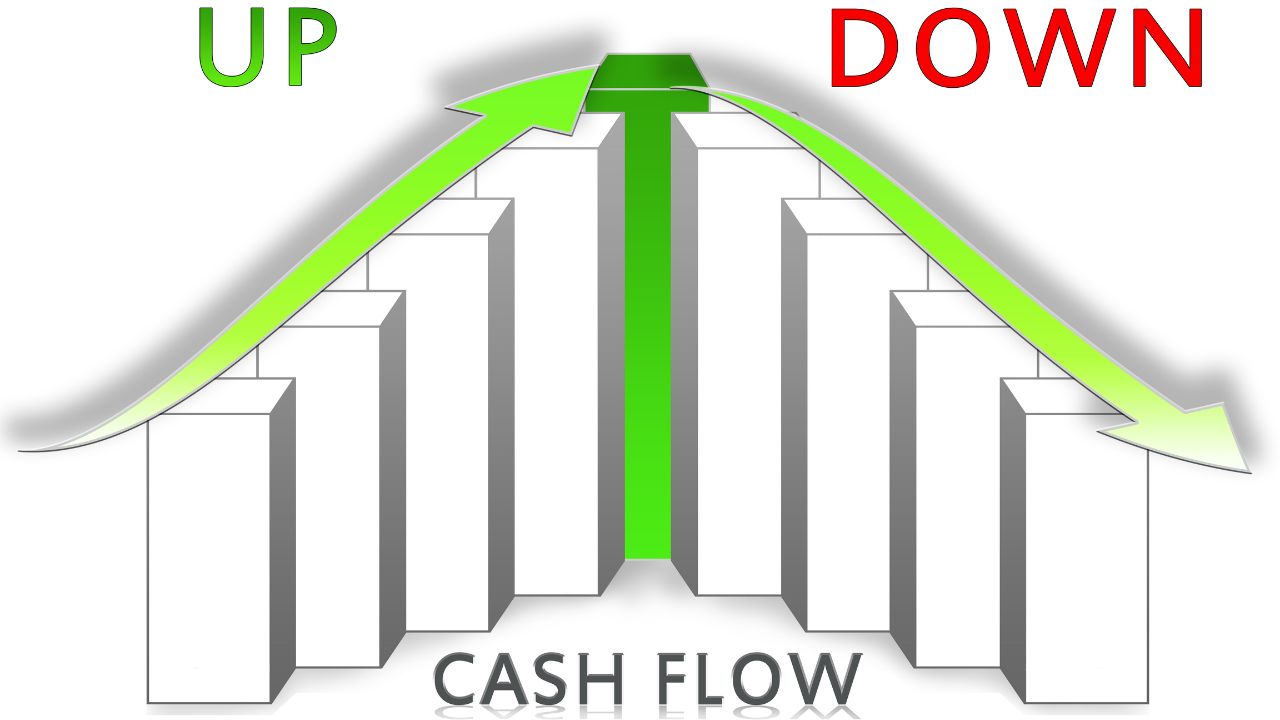
Do you have a cash flow problem?
There’s a good chance you do! Studies show that more than half of businesses struggle with this very issue. During good times, it’s merely an annoyance. During bad times, however, it can put a huge burden on your business’s finances or even cause your business to go under.
The usual culprit of bad cash flow? Your receivables collection system.
To get your money faster, you’re going to need a plan—a system that addresses receivables before and after you make a sale.
Before the Sale…
1. Assess the Customer’s Ability to Pay
Larger companies will often check the customer’s credit report. If you’re a small business owner, however, this might not be feasible. Instead, require a down payment. This is a great way to not only determine whether the customer is likely to pay the balance but also speed up your cash flow.
2. Make Sure Your Product’s Value Exceeds the Price Tag
There’s a correlation between the value your customer receives when buying from you and their willingness to pay you on time. Think about the last time you purchased a bad product from a pushy salesman. Were you eager to hand over your hard-earned money? Probably not. For the sake of your cash flow, work on improving your products and services!
3. Offer an Incentive for Prepayment or Early Payment
Do you customers have any reason to pay you on time? While I don’t typically recommend discounting your products or services, it can be an effective way to promote fast payment. An even better idea is to offer a bonus that will provide some additional value to your customer without discounting your sale price.
4. Don’t Deliver without Receiving Full Payment
Perhaps the easiest and most obvious way to fix your business’s cash flow problem is to simply require the full payment upfront. While you may not be able to achieve this with high-ticket items, adding this condition where possible will improve your cash flow and keep your books tidy!
5. Review Your Payment Terms with the Customer
You’re agreeing to deliver a high-quality product, and in exchange, you expect a timely payment. Reviewing your company’s terms is an effective way to remind your customer of the financial commitment they are making when purchasing your products or services.
6. Expedite Your Invoicing Timeline
Too many businesses wait days, weeks, or sometimes months before sending invoices for the products or services they delivered. Make a habit of submitting your invoice as soon as the work is done so that your customer is alerted that the payment is due.
After the Sale…
7. Remind Your Customer of the Value They Received
Shortly after delivering your product or service, follow up with your customer to thank them for their purchase and to remind them of all the value they have received. This is an opportunity to not only prompt them for payment but also provide customer service, ask for feedback, and upsell or cross-sell your other products.
8. Take Advantage of Automation Tools
Today, there are all kinds of ways to get in touch with customers without needing to be present—automated calls, emails, texts, and other methods. The best part? They are delivered on a schedule, so you don’t have to think twice about whether your customers are being reminded about their outstanding balance.
9. Give Your Customer a Courtesy Call
Once an account becomes late by sixty to ninety days, call your customer personally. Remind them of the value they received and ask whether you did something wrong to have not received payment. While you should always be polite, make sure your request for payment is clear.
10. Create a Payment Schedule for Your Customer
If the customer admits that they are unable to pay their balance at the moment, work with them in a way that allows you to recover the full payment over time. You might agree to a payment schedule or draft their bank account on a date that is most convenient for them.
11. Reduce the Balance in Exchange for Immediate Payment
If you’ve exhausted all options, offer to reduce the total amount due if the customer pays it by a certain date. Ideally, you would like to collect the original amount, but receiving a discounted payment is better than receiving no payment at all. What’s more, extending this olive branch could help you keep a customer!
12. Write Off the Balance and Part Ways with the Customer
If worse comes to worst, write off the customer’s balance. While it’s not ideal to lose a sale or customer, this will at least reduce your taxable income and allow you to fully shift your focus to your paying customers!
